10 Easy And Low-Cost Activities to help your Child develop Fine Motor Skills:
Fine motor skills are one of the most important motor skills. They involve the use of precise muscles of the hands. You should encourage your child to use precise thumb finger, hand and wrist movement by some simple activities. We often talk about Gross Motor skills like walking, jumping and running and pay less attention to fine motor skills.
Fine Motor skills involve lots of attention, encouragement, time and appreciation. This skill is very important for future schooling and it leads to smart mind.
Toddlers are ebullient to try new things. With little support, they can learn and surprise you.
Every activity doesn’t need fancy costly toys, activities can be made at home. Our house is surrounded by useful and non-useful things for the development of this skill.
Some Easy And Low-Cost Activities For The Same:
-
Hand-eye coordination –
For this activity, you need some coins and a coin box. Encourage your toddler to put those coins inside the box through the space provided. This will help him to maintain a perfect coordination between the hands and eyes. This activity can be done through many ways and methods.
http://maaofallblogs.com/2016/07/handmade-card-ideas.html/
-
Crumbling tissue paper –
This activity is easiest and full of fun and mess too. For this, you need a simple tissue paper or newspaper. Toddler will crumble and reopen tissue paper several times, this involves wrist movements.
-
Cooking –
You heard it right COOKING. You can involve your toddlers in your cooking by simply making them stir, mix and pour things. This is full of fun and mess too.
-
Drawing & Colouring –
This activity requires colours, paper, brush and lots of appreciation. Don’t force them to draw something, they are too small to picture something. Encourage them to hold pencil, brush, and colours in the right way.
-
Stacking and Sorting –
This activity requires some building blocks. Initially stacking one or two blocks is enough for your new ones. Further, they can sort things according to the shapes and colour.
-
Crafts –
You can do a number of crafts in front of your child like making paper boats, flowers, shapes etc. This will further help your child in cutting through scissors. Your little explorer will soon craft something surprising for you.
-
Playdough –
Playdough is super creative and fun activity for imaginative play. Your toddler will learn to squash, rolling and flattening through this activity. It allows children to use their imagination and have an open-ended playtime.
-
Opening and closing-
Toddlers love opening and closing a door or a box. It may seem easy to you but it’s quite tough for little ones.
-
Water play-
Water play offers so much value and will give your child a great early start to learning through fun hands-on play. It helps in the development of fine motor skills. They learn a lot through pouring, scooping, kicking, splashing etc.
-
Threading beads-
Threading beads require lots of concentration, patience, good hand-eye coordination. Initially, it can be done by threading big cardboards, blocks and further through small beads.\
http://maaofallblogs.com/2018/02/diy-handmade-stuffies-valentines-day-activity.html/
Toddlers love to move from one place to another and explore things. For better understanding, they touch and feel things. Applying hands-on approach to play is good for the early development of fine motor skills.
I hope these activities will keep your child busy and will help him to develop skill.

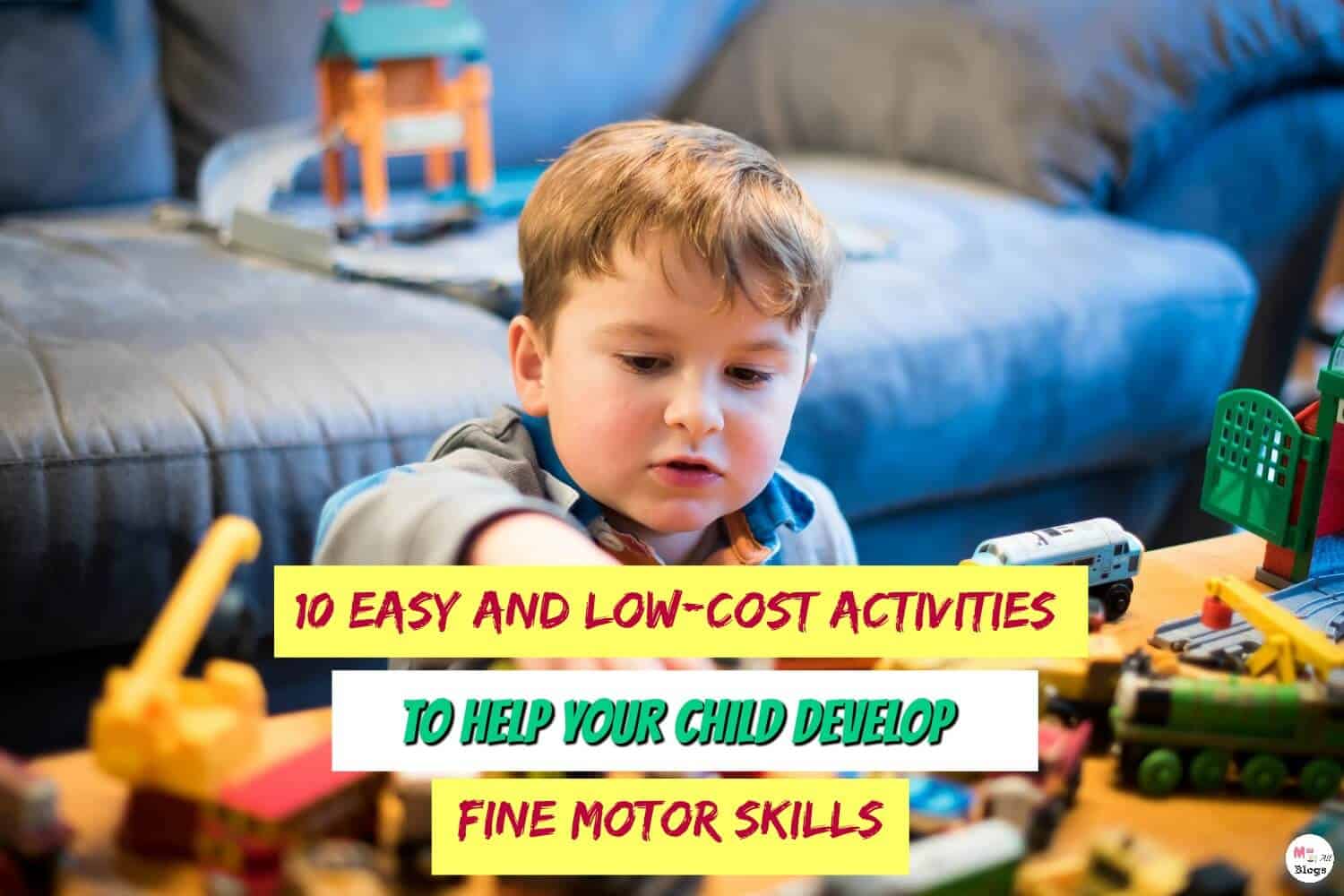


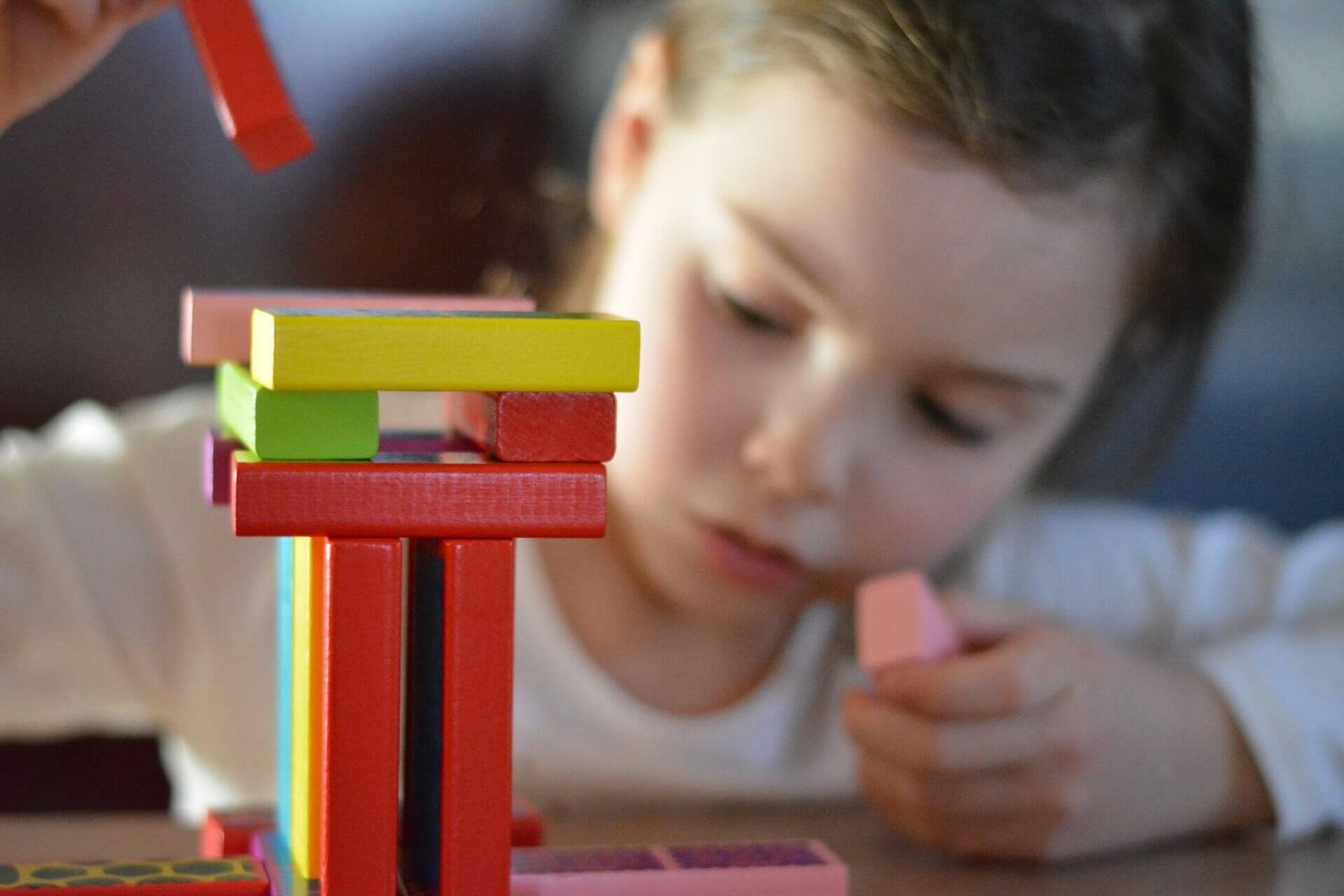

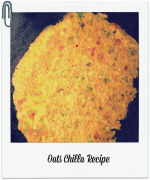


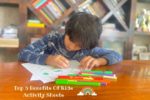

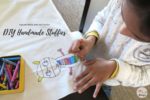





These are low cost but they definitely look very fun.
Good easy options to develop the super important pincer grasp. Putting large buttons and having kids button and unbutton through slots is also a good one similar to the coin one.
These activities are really important, I try to involve my son in activities as peeling peas as well which helps.
Drawing and coloring, sorting and organizing are some great and most helpful activities. They help in brain development of a child.
Thanks for sharing these activities. I do often use all these activities at playtime They are best to help the tiny brain to understand the concept
Wonderful. Another plus point of these activities is the fact that the toddler stays engaged and entertained. Loved this piece.
This is a very insightful post. I have started with play doughs and colour books. Building blocks is also a very good way to develop motor skills I feel just as you mentioned.
Can’t agree more. All these activities are really helpful for brain development .thess activities engaging too.
These are some awesome options you have given.. My son loves playing with playdough and also loves stacking and sorting.
This is really helpful and I remember water play used to b my baby’s favorite among others..
These are some great ideas, even as adults some of these activities help. It’s even better growing up